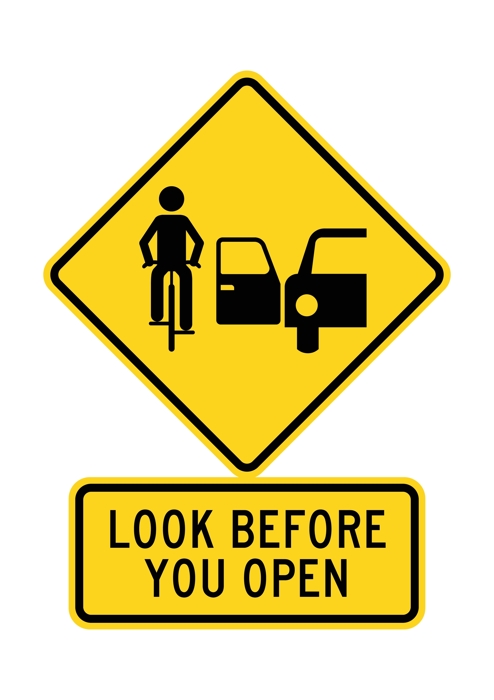
In B v M, the Appellate Division, Second Department, reviewed a personal injury case arising from a collision between a bicycle and a car door.
B, the cyclist, alleged that she was injured when her bicycle struck the driver’s side door of a vehicle owned by M and operated by D. The vehicle was parked on the street at the time of the incident.
B moved for summary judgment, seeking a ruling that M and D were liable and that their affirmative defenses—particularly those alleging comparative negligence—should be dismissed. Her argument relied on Vehicle and Traffic Law § 1214, which prohibits opening a car door into moving traffic unless it is safe to do so. B submitted an affidavit stating that D opened the door without checking for oncoming traffic, causing the collision.
To win summary judgment, B needed to show that D breached a duty and that this breach was a proximate cause of her injuries. Recent case law clarified that plaintiffs no longer need to prove they were free from fault to establish a prima facie case. However, because B also sought to dismiss comparative negligence defenses, the court was permitted to consider whether her own conduct contributed to the accident.
While B met her initial burden by showing that D violated the statute and acted negligently, M and D responded with an affidavit from D that raised factual disputes. D’s account questioned how the accident occurred and whether B was riding safely. These unresolved issues made it inappropriate for the court to grant summary judgment.
The AD2 affirmed the lower court’s decision, emphasizing that when competing versions of events exist, the dispute must be resolved at trial. B’s motion was denied not because her claim lacked merit, but because the facts were not sufficiently clear to eliminate the possibility of shared fault.
When the door swings, judgment sings ....
# # #
DECISION
